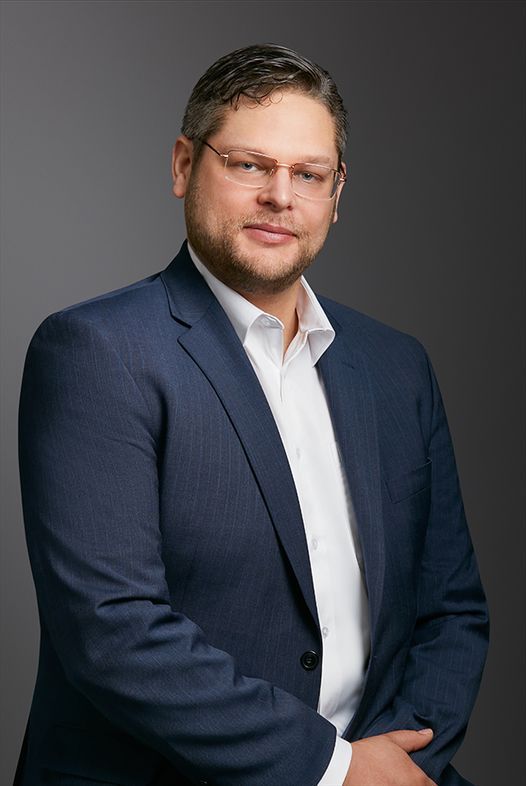Streamlining The Studies: New FDA Guidance Aims to Speed Up Biosimilar Development
October 30, 2025, 7:50 PM
By: Matthew S. Murphy, Aaron Z. Savit, PhD, Jerome David
On Wednesday, the FDA issued a new draft guidance proposing to reduce the need for sponsors to conduct a comparative efficacy study (CES) to demonstrate biosimilarity in an abbreviated biologics license application (aBLA). This approach could significantly lower the cost of bringing biosimilars to market.
Though promising, there remains uncertainty about how the FDA will apply its new policy. Whether a CES will be required is largely a product-specific determination that will require engagement with the Agency early in development. In addition, what types of immunogenicity studies that the FDA may require is an open question. For example, the FDA could demand a full switching study which is costly, time-consuming, and generally used to obtain an interchangeable designation. Manufacturers will have to engage the FDA early to clarify whether a CES may not be required for a particular product and, if so, whether that would represent a real saving in terms of time and cost over the pharmacokinetic and immunogenicity studies the Agency may require. Beyond that, the FDA’s stated need for well-characterized products from clonal cell lines could eventually make certain platform manufacturing technologies – and the patents that cover them – more relevant.
FDA's Approach Focuses on Comparative Analytical Assessments
In FDA’s previous 2015 final guidance on demonstrating biosimilarity to a reference product, the Agency recommended using a CES unless the sponsor could provide a scientific justification as to why one is not necessary. The new draft guidance instead suggests that a comparative analytical assessment (CAA) may be more sensitive and could obviate the need for a CES to demonstrate biosimilarity. In some cases, the FDA now recommends a streamlined approach relying on a CAA, pharmacokinetic data, and an immunogenicity assessment.
The FDA suggests this streamlined approach if several conditions are met. First, the reference and proposed products should be highly purified, well-characterized, and manufactured from clonal cell lines. Second, the relationship between quality attributes and clinical efficacy should be understood for the reference product and can be evaluated by the CAA. Finally, a comparative pharmacokinetic study must be feasible and clinically relevant.
However, there are some instances where a CES may still be appropriate, such as for locally acting intravitreal products where comparative pharmacokinetics are not feasible or clinically relevant.
FDA’s Proposal Aims to Speed Up Availability of Biosimilars
The FDA claims that since the approval of the first biosimilar in 2015, the agency has gained experience in evaluating differences between biosimilars and reference products, and the clinical impact of those differences. The agency suggests that a CAA is generally more sensitive than a CES to detect differences between two products that may preclude a demonstration of biosimilarity. Furthermore, conducting a CES takes from 1 to 3 years and costs $24 million on average, which the FDA considers unnecessary and resource intensive.
The stated goal of the FDA’s draft guidance is to help more companies bring affordable, high-quality biosimilars to market and reduce costs for American consumers. The European Medical Agency (EMA) has recommended more biosimilars for approval than the FDA, with 126 biosimilars approved compared to the FDA's 76 approvals (both the EMA and FDA have approved multiple biosimilars for the same reference products). Health and Human Services Secretary Robert F. Kennedy Jr. noted that a biosimilar entering the market, on average, drives down brand-name drug prices by 25%. Commissioner Dr. Martin Makary asserted that the guidance, along with other agency reforms, “will take the five-to-eight year timeframe to bring a biosimilar to market and cut it in half.”
Takeaways
With this announcement and draft guidance, the FDA has signaled that it is open to reducing regulatory hurdles for developers of biosimilar products. The agency specifically mentions that only about 10% of biologic drugs expected to lose patent protection in the next decade currently have a biosimilar in development, indicating that the FDA is focused on promoting not just more biosimilars, but biosimilars for a wider variety of reference products. The move will likely increase pressure on innovator biologics manufacturers, which may see earlier challenges to their market exclusivity.
Nevertheless, it is far from clear how the FDA will apply this approach and whether the speed to market for biosimilars will be significantly improved. The devil will be in the details. Manufacturers may wish to approach the Agency early in product development to establish whether FDA’s new streamlined approach may apply to their products or manufacturing processes, and what specific CAA, pharmacokinetic, and immunogenicity studies would be required to establish biosimilarity.

To subscribe to our publications, click here.
Tags
News & Insights
News & Insights
Consumer Brands CPG Legal Forum 2026
Speaking Engagement
NBA CLS 39th Annual Corporate Counsel Conference
Sponsorship
Antitrust
New Frontiers of Antitrust – 16th Annual International Conference of Concurrences Review
Speaking Engagement
Antitrust
GCR Live Global: Navigating the Future of Antitrust 2026
Speaking Engagement
Antitrust
Why Should I Care About Property Controls?
Speaking Engagement
Antitrust
What’s the Score, Your Honor? Conversation With Judge Richard Boulware
Podcast
LCA Renaissance Symposium XIX 2025
Speaking Engagement
Antitrust
Stakeholders 25th Annual CYOC Career Development Conference
Sponsorship
Antitrust
Japan Competition Law Update
Axinn Viewpoints
Antitrust
California's Crackdown on Algorithmic Pricing
Axinn Viewpoints
Antitrust


